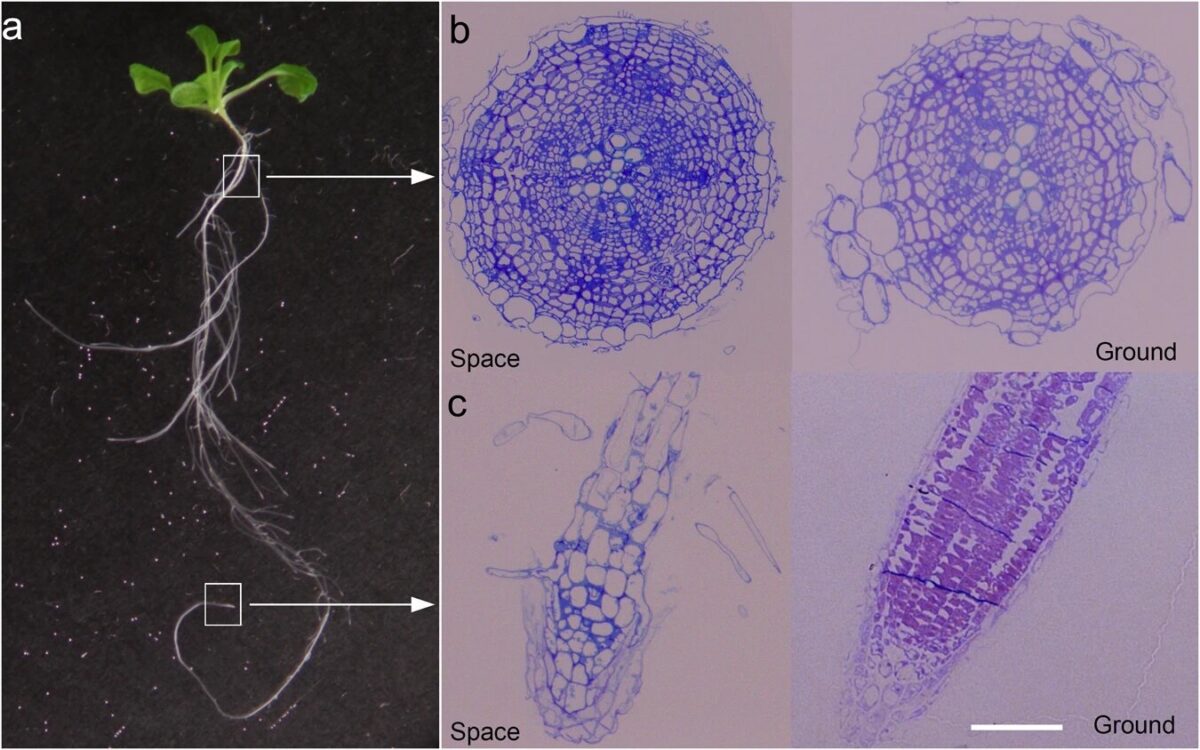What happens to plants when they are grown in space? One thing that happens is that cell walls are modified to fit for the new microgravity environment. We utilized a large and diverse library of glycan-directed monoclonal antibodies (mAbs) to qualitatively determine if plant cell walls are modified by low-gravity conditions encountered during spaceflight. This approach will benefit plant space biological studies because it extends the analyses possible from the limited amounts of samples returned from spaceflight, and helps uncover microgravity-induced tissue-specific changes in plant cell walls. To learn more about this study, check out the recently published paper on plants grown on the ISS in the link below.

“Although plants are stationary, they are very dynamic! They quickly adapt to a new environment to make the most out of it. If an astronaut eats plants when they go to Mars, we can learn how plants behave in a microgravity environment.”
Jin Nakashima, Senior Research Scholar

"Regions of A. thaliana roots from 11-day-old space- and Earth-grown seedlings used for immunohistochemistry."
"Glycome profiling and immunohistochemistry uncover changes in cell walls of Arabidopsis thaliana roots during
spaceflight."
npj Microgravity. Nakashima, J., Pattathil, S., Avci, U. et al.
image is used under a CC BY license
https://www.nature.com/articles/s41526-023-00312-0#Abs1
The study’s findings shed light on the adaptive responses of plants to the unique microgravity environment of space, offering valuable insights into plant biology and providing a foundation for future research on cultivating plants in space for potential long-duration missions or space colonization.